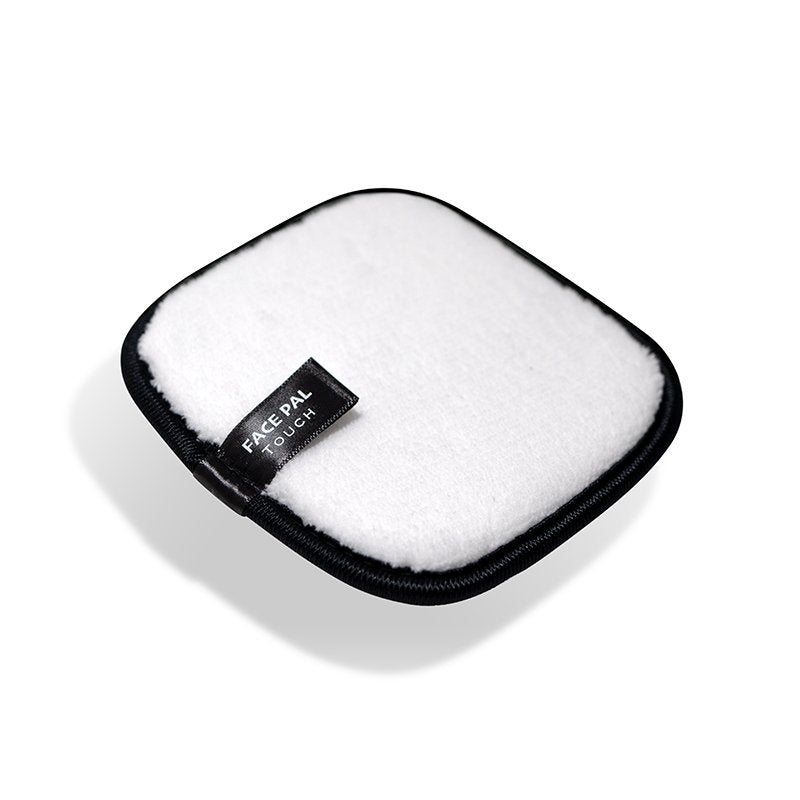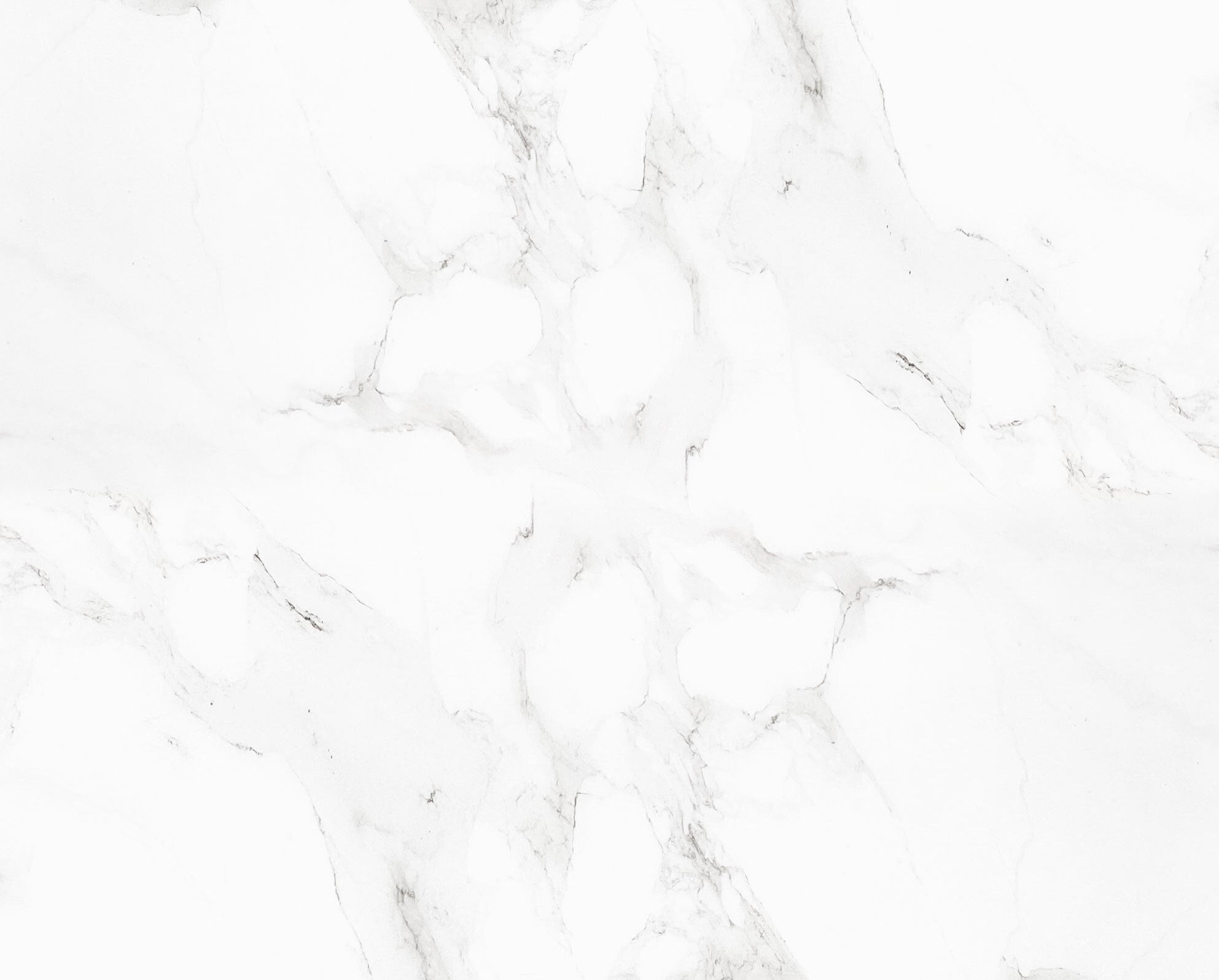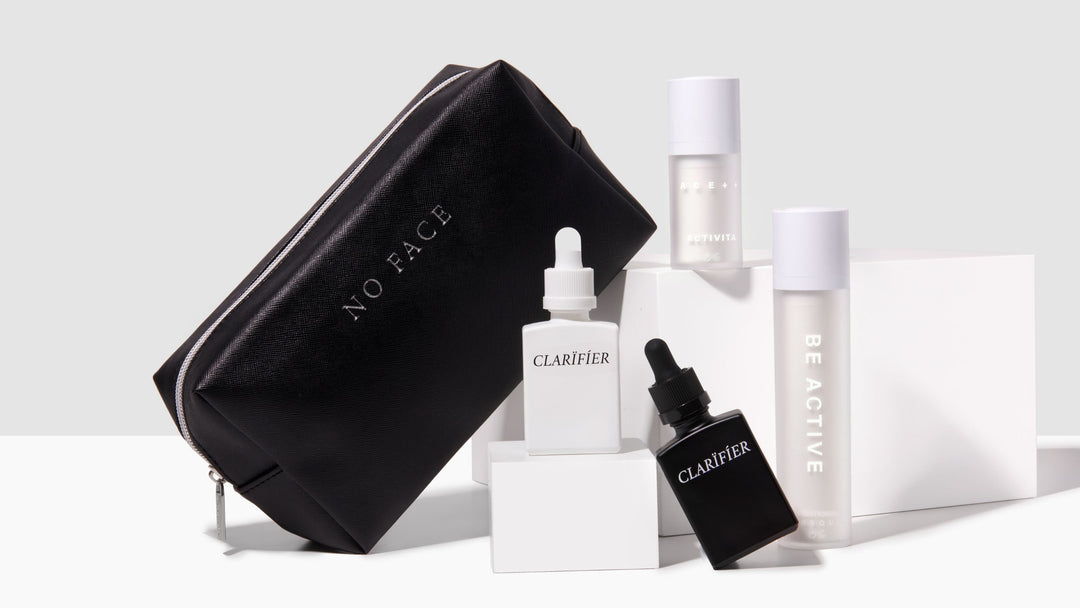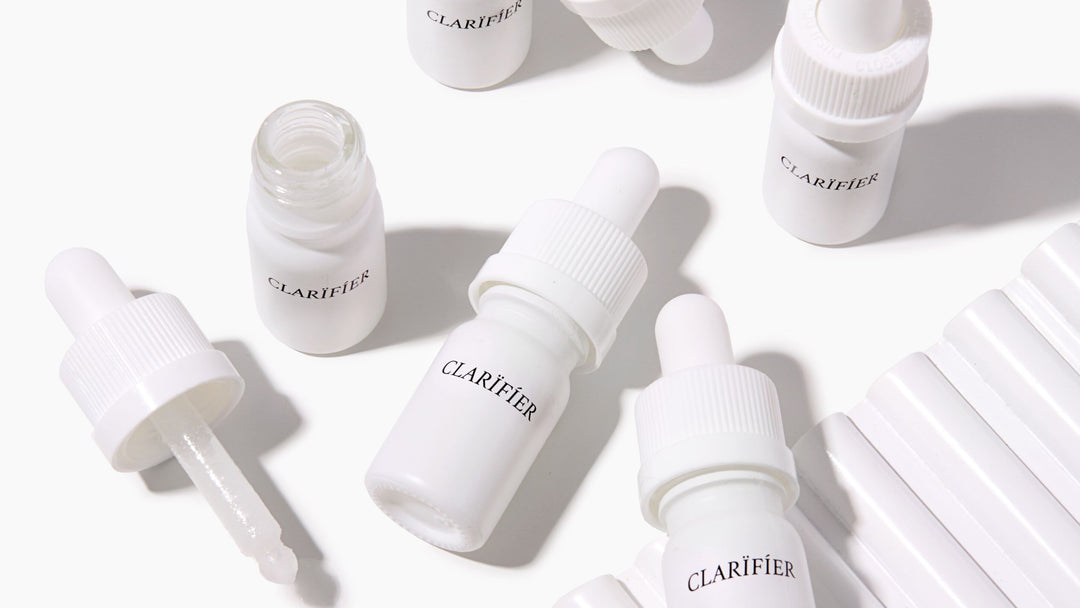How Popular is Vitamin A in Skincare?
Vitamin A has long been recognized as a powerful ingredient in skincare, with numerous clinical studies supporting its efficacy. Over the years, different forms of vitamin A, such as retinol, retinaldehyde, and tretinoin, have gained popularity for their ability to address various skin issues. In this article, we will delve into the history of vitamin A in skincare and explore the clinical efficacies of these three ingredients.
When did vitamin A become popular in skincare?
The Early Days
Vitamin A was first discovered in 1913 by McCollum and Davis, marking a significant breakthrough in nutrition science. However, it wasn't until the mid-20th century that its potential for skin health began to be explored.
The use of vitamin A in skincare can be traced back to the 1940s when it was first discovered that this essential nutrient plays a crucial role in maintaining healthy skin. However, it wasn't until the 1980s that vitamin A derivatives started gaining significant attention in the beauty industry.
Retinol: The Gold Standard
Retinol, a derivative of vitamin A, is one of the most widely used ingredients in skincare products. It is known for its ability to stimulate collagen production, reduce the appearance of fine lines and wrinkles, and improve skin texture and tone. Retinol works by promoting cell turnover, which helps to unclog pores and prevent acne breakouts.
Clinical studies have shown that regular use of retinol can significantly improve the signs of aging, making it a staple in many anti-aging skincare routines. It is important to note that retinol can cause skin sensitivity, so it is recommended to start with a lower concentration and gradually increase over time.
Retinaldehyde: A Potent Alternative
Retinaldehyde is another form of vitamin A that has gained popularity in recent years. It is considered a potent alternative to retinol, making it suitable for those with stubborn skin issues such as enlarged pores, acne and deeper lines. Retinaldehyde is converted directly into retinoic acid in the skin, which is the active form of vitamin A that provides the desired benefits.
Studies have shown that retinaldehyde is effective in reducing the appearance of wrinkles, improving skin elasticity, and enhancing overall skin radiance. It also has anti-inflammatory properties, making it beneficial for individuals with acne-prone skin.
Tretinoin: Prescription-Strength Powerhouse
Tretinoin, also known as retinoic acid, is the most potent form of vitamin A available for skincare. It is a prescription-strength ingredient that is used to treat various skin conditions, including acne, hyperpigmentation, and photoaging.
Clinical trials have demonstrated the effectiveness of tretinoin in reducing acne lesions, fading dark spots, and improving skin texture. However, due to its strength, tretinoin can cause skin irritation and dryness, so it is typically recommended for short-term use under the guidance of a dermatologist.
Conclusion
The history of vitamin A in skincare is a testament to its remarkable efficacy in addressing various skin concerns. From retinol to retinaldehyde and tretinoin, each form of vitamin A offers unique benefits for improving skin health and appearance. Whether you are looking to combat signs of aging, reduce acne breakouts, or improve skin texture, incorporating vitamin A into your skincare routine can be a game-changer. Remember to start with a lower concentration and gradually increase usage to minimize potential side effects, and always consult with a skincare professional for personalized advice. Try using the ACTIVITA A to get started.









Leave a comment